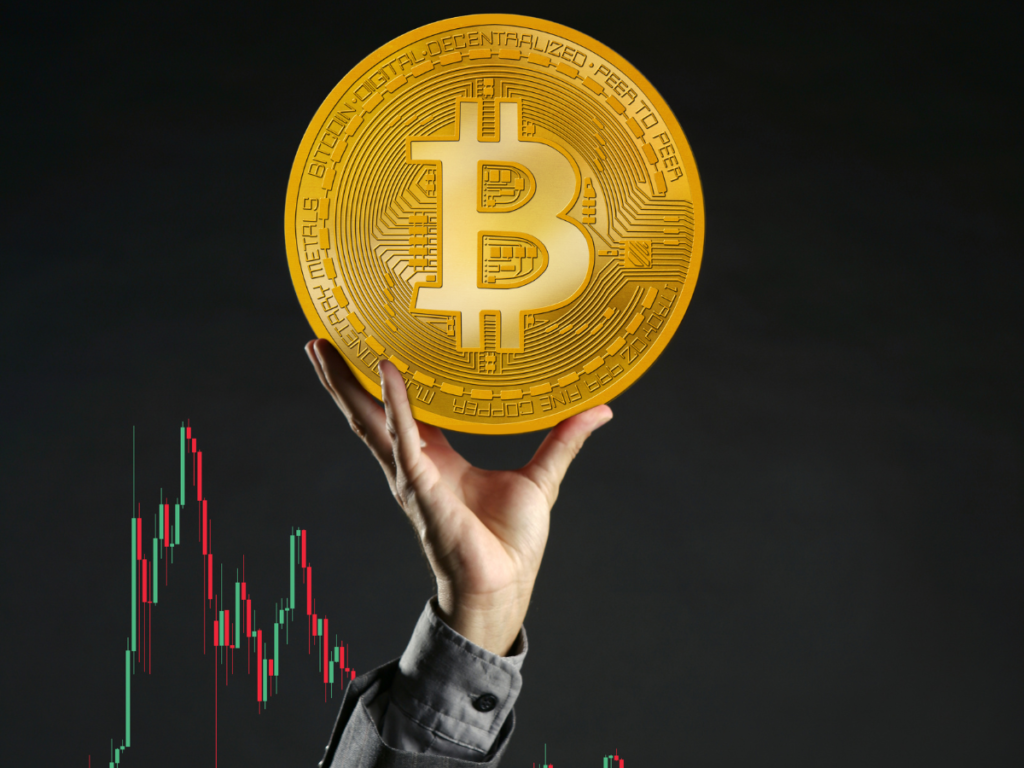Fifteen years ago, Satoshi Nakamoto released the Bitcoin whitepaper, changing the landscape of decentralized finance.
On October 31, 2008, fifteen years ago, Satoshi Nakamoto released the Bitcoin whitepaper.
He released it in an email titled “Bitcoin P2P e-cash paper” addressed to the Cryptography Mailing List, and it is still available for download today at www.bitcoin.org/bitcoin.pdf.
He began it in his email by saying:
“I’ve been working on a new electronic cash system that’s fully peer-to-peer, with no trusted third party.”
It looks that the email was sent on Friday, October 31, 2008, at 14:10:00 Eastern Daylight Time.
Nevertheless, neither the sender’s IP address nor the precise location from where it was transmitted are known.

Whitepaper on Bitcoin
All that existed as the so-called Bitcoin Whitepaper (albeit Satoshi never referred to it by that name) was a nine-page PDF outlining the principles of Bitcoin.
Then, Satoshi defined Bitcoin as an entirely peer-to-peer electronic cash system that enables online payments to be made directly between a sender and a recipient without the need for a financial institution to act as a middleman.
He claimed that this technique avoided double expenditure and was made possible in part by digital signatures.
He also specifically discussed blockchain, even though he just referred to it by that term, and proof-of-work, which served as the foundation for transaction validation.
Though he specifically named people who mine gold (the gold miners), he had not yet mentioned mining.
Apart from the fact that a peer-to-peer (P2P) network prevents double spending, he also emphasised proof-of-work, the lack of trustworthy third parties (trustless), and anonymity.
Introduction of bitcoin
However, that PDF just explained the bitcoin protocol.
The node software has to be developed and made available in order for it to become a reality.
In a subsequent email sent to the same discussion group on January 8, 2009, he made version 0.1 of the Bitcoin software—which is used to start and maintain nodes—available. This software allowed mining and functioned as a wallet at the time.
However, on January 3, he had personally mined the first block on the bitcoin blockchain, most likely with a test version of the programme he was still developing.
He mined a block of the bitcoin blockchain in secret, making him the first individual to do so in history. Indeed, as he released the software for public use, more people began to use it and mine it, to the extent that on January 9th, the second block was mined.
Additionally, starting on January 9, 2009, a new block was mined roughly every ten minutes.
Meanwhile, Satoshi had also started a second mailing list, specifically named bitcoin-list, to which he sent an additional email on January 11th, announcing the release of the Bitcoin software version 0.1.2.
Both his final email to the public and his final post on the BitcoinTalk forum were sent in December of the subsequent year.
His final private email, which he wrote in April 2011, stated that he had gone on to other endeavours and that the Bitcoin project was now under capable management.
The Revolution of Bitcoin
The Bitcoin white paper offered a decentralised digital currency system as a solution to some of the issues with conventional monetary systems.
As per certain analysts at Bitget, the report underscored the attributes of decentralisation and transparency, concurrently offering direction for the advancement of succeeding cryptocurrencies.
The primary goal was to develop a decentralised digital currency system that ensures transaction security without the need for central authorities.
Analysts at Bitget also advise examining the so-called Bitcoin Rainbow Chart.
This chart displays the price trend of Bitcoin within coloured bars on a logarithmic scale.
The blue and purple regions suggest a potentially undervalued market with purchasing possibilities, while the red and orange bands suggest an overheated market that may be in a bubble.
The Rainbow Chart can provide an intuitive sense of the mood of the market, even though it is not a perfect buy or sell indicator.
Due to its emphasis on long-term market patterns rather than ephemeral price fluctuations, it is also better suited for investors with longer time horizons.
They also note, though, that the Rainbow Chart’s ranges and criteria might need to be adjusted when the market changes in order to better reflect reality.











